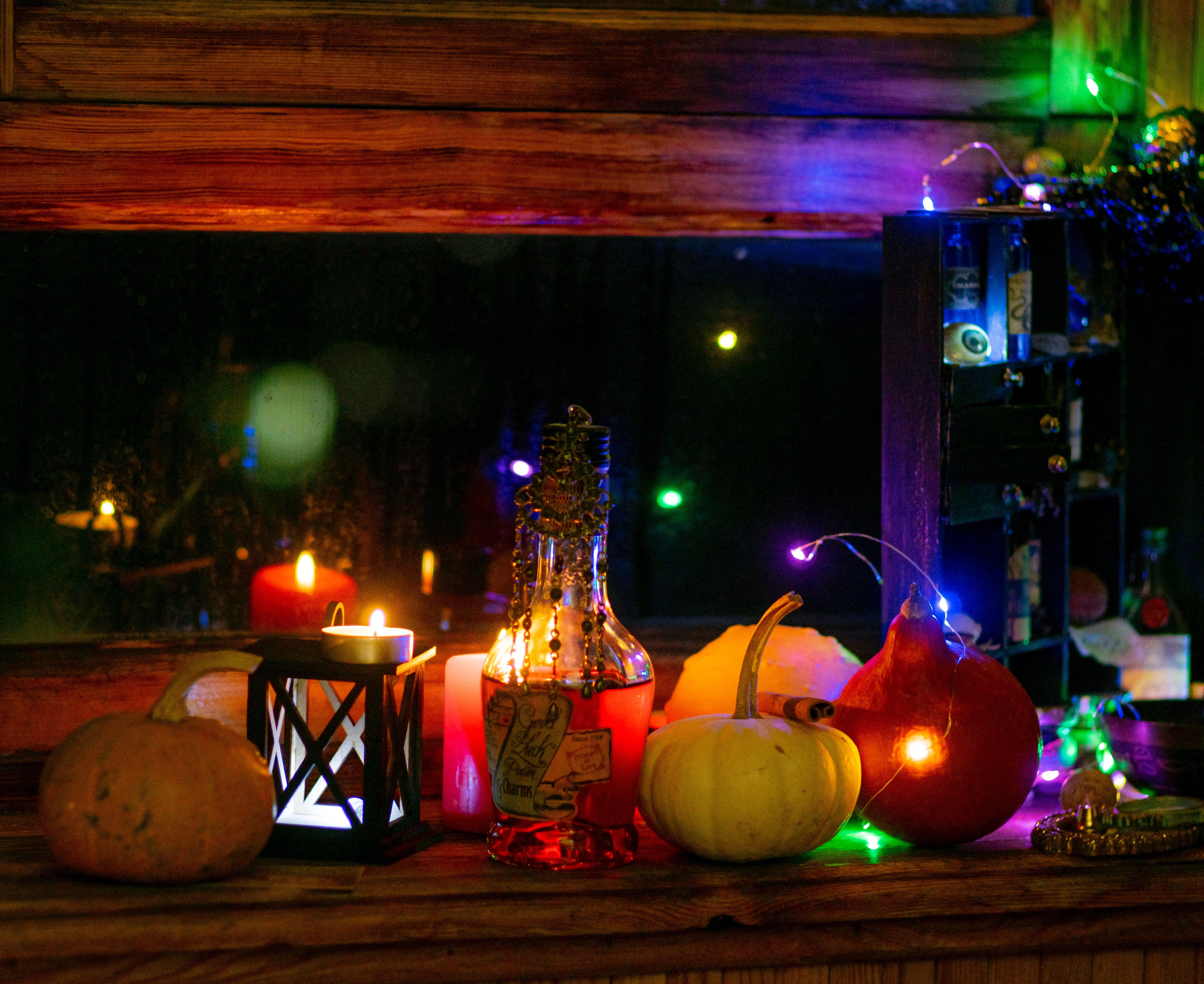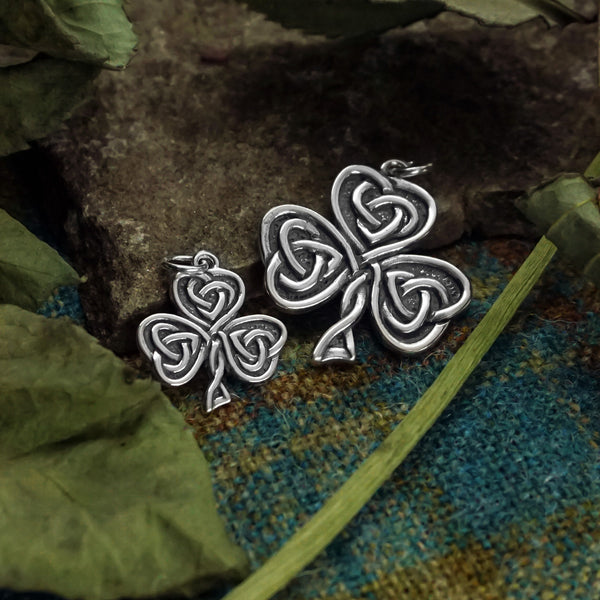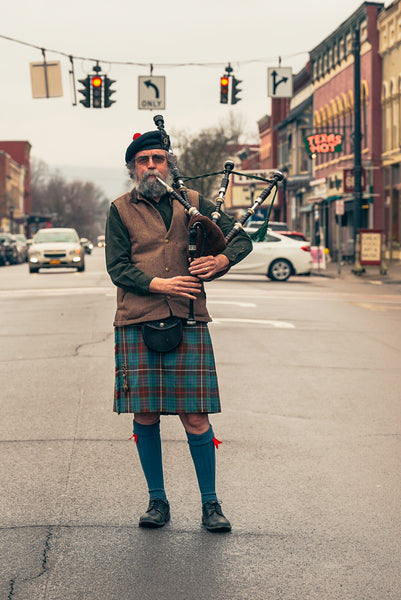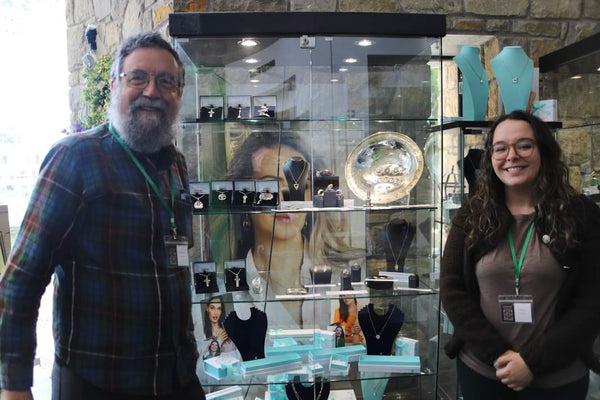- Jewelry
- Crosses
- Rings
- Mens
- Claddagh
- Wedding
- Personalized Jewelry
- John Urban Jewelry
- Sale
- Gift Certificates
- About Us
October 14, 2020

Halloween might just be one of the most widely-celebrated holidays in the United States today, and you may not realize it, but Halloween actually has its roots in ancient Celtic tradition. Here at Walker Metalsmiths, we love digging deep into traditions with Celtic roots, and also using our time-honored craft to create Celtic jewelry for these occasions.
Starting with Samhain
The origins of Halloween actually come from Samhain, one of the four quarterly Celtic fire festivals. Samhain is typically celebrated overnight on October 31, and originally marked the end of the crop cycle, when the bounty woul

d have been fully harvested and stored for the upcoming colder months. It takes place halfway between the fall equinox and the winter solstice, and it is believed that the ancient version of the tradition actually spanned three days, and was a mandatory celebration. If one refused to celebrate Samhain, ancient texts reveal that people believed they would be punished by the gods.
While Halloween is known for its goblins and ghouls, ancient Samhain also had its share of monsters involved. The ancient Celtic people believed that the barrier between this world and the “other side” could be crossed during Samhain, and that ancestors or less-recognizable creatures could pay them a visit. The Celtic people would leave offerings out, and they would dress up as animals and monsters to dissuade unwanted visits from spectral guests.
Samhain Through the Years
As time went on, Samhain remained, but the celebrations were changed and adapted. In the Middle Ages, there was increased focus on Samhain be
ing a fire festival, with bonfires being lit near farms under the superstitious belief that they warded off harmful creatures like fairies and witches. In the Middle Ages we also saw the first version of a Jack-o-lantern, although the first iteration involved a carved turnip, before the tradition was later switched to a pumpkin.
With the rise of Christianity, the church adopted its own version of Samhain. The holiday was moved around to different times of the year, before Pope Gregory in the 9th century moved it back to November 1, and declared it All Saint’s Day. As the celebration spread, October 31 became known as All Hallows Eve, and later became known simply as Halloween.
Halloween as we know it today started to appear in America during the 19th century, when there was an influx of new immigrants from Ireland, who brought their traditions. By the 1920s and 1930s, Halloween became a secular holiday, with trick-or-treating, parades and parties.
Works for Every Celebration
Our team of jewelers at Walker Metalsmiths uses ancient tradition to inspire
our modern works, such as our hand crafted Celtic cross, and our wide range of Celtic necklaces. But our range of pieces carrying zoomorphic Celtic symbols, or imagery involving animals, are perfect for celebrating both Samhain and Halloween. We have earrings, necklaces, and much more, using motifs of animals including horses, bears, dogs, deers, bees, and cats. If you have an idea for a custom piece in mind for Halloween, Samhain, or any occasion, Walker Metalsmith's hand-crafted Celtic Jewelry is happy to work with you to create the piece of your dreams.
Comments will be approved before showing up.

March 12, 2024

February 23, 2024
Thousands of photographs were taken. Help find at least one.
Were you a tourist in London, Dublin or Paris in 1975 – 1978? Did you see a street performer playing bagpipes? Did you take his picture? Was it Steve Walker? If you can share that picture with Walker Metalsmiths you could score some sweet Celtic jewelry.

June 26, 2023
Sign up to get the latest on sales, new releases and more …
Monday-Friday 9-5
Saturday 10-3
